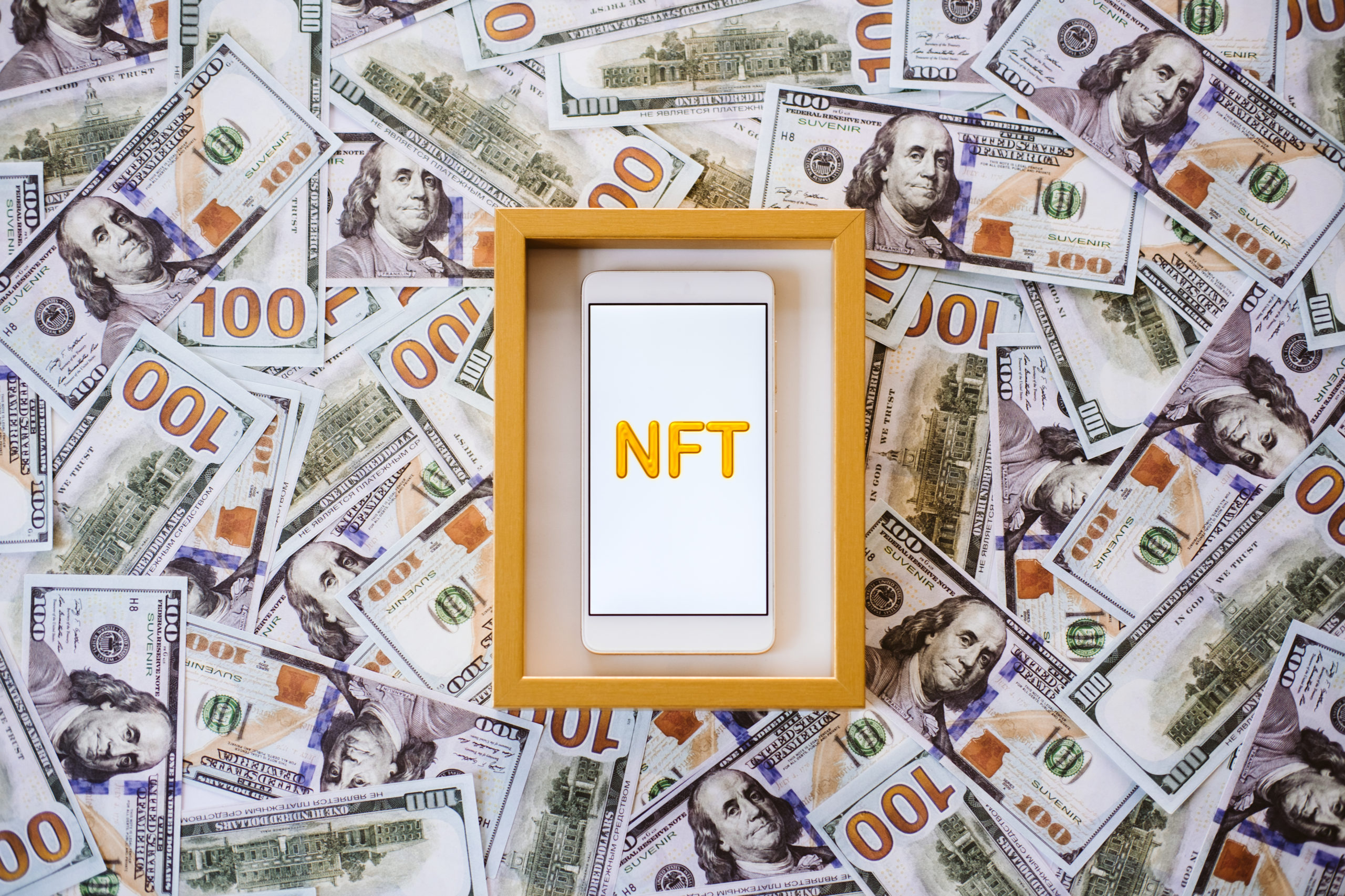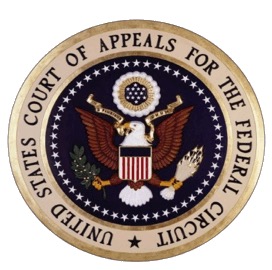Exclusion of Rothschild’s Art Expert May Have Affected Jury Verdict
“It is hoped that the Court’s post-judgment decision, and that of any appellate court, will provide clear guidance as to the boundaries of the First Amendment defense and the burdens a brand owner must meet to preclude the use of their trademarks in the physical and digital world.”
Luxury design house Hermès International and Hermès of Paris, Inc. (Hermès) is known for designing, producing and marketing the iconic Birkin handbag. Since 1986, Hermès has sold over $1 billion worth of these handbags in the United States, with over $100 million dollars of sales in the past 10 years alone. With its distinctive appearance and high price tag, the Birkin bag is considered a symbol of wealth and exclusivity.
As reported previously, in November 2021, Mason Rothschild, formerly known as Sonny Estival, created and sold 100 non-fungible tokens (NFTs) linking to a depiction of a digital Hermès Birkin bag covered in faux fur and patterns, polka dots and artworks such as the Mona Lisa and Van Gogh’s Starry Night. Rothschild also registered and used the domain name www.metabirkin.com and social media handles such as @metabirkins to promote the sale of the “MetaBirkins” NFTs. By early January 2022, Rothschild had sold in excess of $1 million in “MetaBirkins” NFTs.
Hermès brought suit in the Southern District of New York against Rothschild asserting claims of trademark infringement, trademark dilution, cybersquatting and unfair competition under the Lanham Act and New York law based on Rothschild’s use of the Birkin mark to promote and sell the MetaBirkins NFTs. Hermès alleged that Rothschild’s use of the Birkin mark had caused actual confusion among consumers, sophisticated commentators and even intellectual property attorneys who believed that the MetaBirkins NFTs were affiliated with, authorized by or sponsored by Hermès.
After hearing the evidence and arguments of both parties over the course of three days, the nine-person jury returned a verdict for Hermès on all its claims, awarding Hermès US$133,000 in total damages. The jury also found that Rothschild’s NFTs were not protected speech under the First Amendment. It is expected that Rothschild will seek to set aside the verdict in post-trial motions and, if unsuccessful, will appeal the decision to the United States Court of Appeals for the Second Circuit.
What Went Wrong for Rothschild?
Moments before jury selection, the court granted Hermès’ motion to exclude the testimony of Rothschild’s “art expert,” Dr. Blake Gopnik. Rothschild had proffered Dr. Blake Gopnik as an expert to explain to the jury that Rothschild’s promotion and sale of the MetaBirkins NFTs was protected by the First Amendment as “business art” similar to that of Andy Warhol and his well-known soup can art. In its oral ruling excluding the proffered testimony, it is reported that the court noted that the case was not about Andy Warhol, and to the extent reference to Mr. Warhol was to be made before the jury, it would not be made by Dr. Gopnik.
Federal Rule of Evidence 702 provides that a witness “qualified as an expert” may offer opinion testimony only if: “(a) the expert’s scientific, technical, or other specialized knowledge will help the trier of fact to understand the evidence or to determine a fact in issue; (b) the testimony is based on sufficient facts or data; (c) the testimony is the product of reliable principles and methods; and (d) the expert has reliably applied the principles and methods to the facts of the case.” Fed. R. Evid. 702. Under Daubert, district courts are charged “‘with the responsibility of acting as gatekeepers to exclude unreliable expert testimony’ and junk science from the courtroom.” Daubert v. Merrell Dow Pharms, Inc., 509 U.S. 579 (1993). “The objective of [the gatekeeping] requirement is to ensure the reliability and relevancy of expert testimony.” Kumho Tire Co. v. Carmichael, 526 U.S. 137, 152 (1999). “It is well-established that the trial judge has broad discretion in the matter of the admission or exclusion of expert evidence[.]” Boucher v. U.S. Suzuki Motor Corp., 73 F.3d 18, 21 (2d Cir. 1996) (citation and quotation marks omitted).
Dr. Blake Gopnik is an American art critic who previously spent a decade as chief art critic of The Washington Post, prior to which he was an arts editor and critic in Canada. Dr. Gopnik has a doctorate in art history from Oxford University and is the author of Warhol, a biography of the artist Andy Warhol. Generally, Rothschild sought to offer Dr. Gopnik’s opinion that Rothschild’s MetaBirkins NFTs, including the visual images associated with the NFTs, and the promotion of the same via domain names, social media handles and hashtags using or incorporating the term “MetaBirkins,” should be considered in its entirety as a work of “business art” protected by the First Amendment. In other words, it would be improper to limit the protection of the First Amendment to Rothschild’s digital images of faux fur handbags; rather, the First Amendment, according to Dr. Gopnik, extends protection to the entire “business” of promoting that digital image, including domain names, social media handles and hashtags. Dr. Gopnik analogized Rothschild’s MetaBirkins NFTs, including the promotion of the same, to the “business art” championed by Andy Warhol.
Hermès sought to exclude Dr. Gopnik’s testimony for many reasons, including the absence of any reliable data or supporting methodology to support his opinions. Daubert and Federal Rule of Evidence 702 mandates the exclusion of unreliable opinion testimony that is based on data and a methodology that are inadequate to support the conclusions reached. Thus, courts will routinely exclude opinions offered by experts if the opinions are not supported by recognizable, describable methodology beyond the expert’s qualifications. Opinions which cannot be tested by the rigor of a recognizable methodology are nothing more than a subjective opinion, subject to exclusion. See, e.g. Olin Corp. v. Lamorak Ins. Co., No. 84-CV-1968 (JSR), 2018 WL 1901634, at *20 (S.D.N.Y. Apr. 18, 2018) (Rakoff, J.).
Lack of Consensus on What Constitutes Art
Here, Dr. Gopnik conceded that there was no agreed upon methodology among art historians to resolve disputes as to whether a particular item is “art” and, according to Hermès, admitted that such a dispute would not be resolvable among “most sophisticated art critics.” In fact, according to Hermès, Dr. Gopnik testified that “[t]here is no consensus among art critics on pretty much any issue.” In the absence of reliable data or an accepted methodology, Hermès contended that Dr. Gopnik’s opinions were nothing more than a summary of the evidence and did not aid the jury as they did nothing more than repeat Rothschild’s own testimony.
Rothschild countered those arguments, asserting that Dr. Gopnik’s expert testimony would be useful to the jury in assessing Rothschild’s artistic intent and to assist the jury’s understanding of the nature of his art. Contrary to Hermès’ assessment of the proffered testimony as a mere summary of the evidence, Rothschild pointed to Dr. Gopnik’s expert report, which included analysis of the genres of conceptual art and business art and whether the art of Rothschild falls within these genres. Rothschild further disagreed with the argument that Dr. Gopnik’s analysis did not follow an established methodology, pointing to many other types of cases in which art critics and art historians have been allowed to testify as experts, including cases which were reversed on appeal for refusing to permit that testimony. United States v. Arthur, 51 F.4th 560, 573-74 (5th Cir. 2022); U.S. v. Whorley, 400 F. Supp. 2d 880, 884-85 (E.D. Va. 2005).
The Challenge Ahead for Rothschild
It is expected that Rothschild will move pursuant to Rule 59 of the Federal Rules of Civil Procedure to set the jury verdict aside and seek either a new trial or judgment in his favor as a matter of law under the First Amendment. A district court may grant a motion for a new trial “for any reason for which a new trial has heretofore been granted in an action at law in federal court, including if the verdict is against the weight of the evidence.” Fed. R. Civ. P. 59(a)(1)(A). “[A] decision is against the weight of the evidence … if and only if the verdict is [1] seriously erroneous or [2] a miscarriage of justice.” Farrior v. Waterford Bd. of Educ., 277 F.3d 633, 635 (2d Cir. 2002). The Second Circuit has instructed that “jury verdicts should be disturbed with great infrequency.” ING Glob. v. United Parcel Serv. Oasis Supply Corp., 757 F.3d 92, 99 (2d Cir. 2014).
If Rothschild seeks to convince the district court that the verdict must be set aside as seriously erroneous or a miscarriage of justice based on either the nature of the conduct challenged by Hermès, or the erroneous exclusion of Dr. Gopnik’s testimony, the burden to overturn the decision below to the extent it is based upon the exclusion of expert testimony is significant. The Second Circuit generally reviews a “district court’s decision to admit or exclude expert testimony under a highly deferential abuse of discretion standard.” Zuchowicz v. United States, 140 F.3d 381, 386 (2d Cir. 1998) (citing Gen. Elec. Co. v. Joiner, 522 U.S. 136, 141, 118 S.Ct. 512, 139 L.Ed.2d 508 (1997)). “A decision to admit or exclude expert scientific testimony is not an abuse of discretion unless it is manifestly erroneous.” Amorgianos v. Nat’l R.R. Passenger Corp., 303 F.3d 256, 265 (2d Cir. 2002) (internal quotation marks omitted). Thus, the trial judge has broad discretion in determining “what method is appropriate for evaluating reliability under the circumstances of each case.” Id.
As one of the first cases to consider the intersection of trademark and First Amendment law in the digital age, brand owners, creators and their counsel will certainly watch how the case proceeds. It is hoped that the Court’s post-judgment decision, and that of any appellate court, will provide clear guidance as to the boundaries of the First Amendment defense and the burdens a brand owner must meet to preclude the use of their trademarks in the physical and digital world.
Image Source: Deposit Photos
Author: Irrmago
Image ID: 461535922






